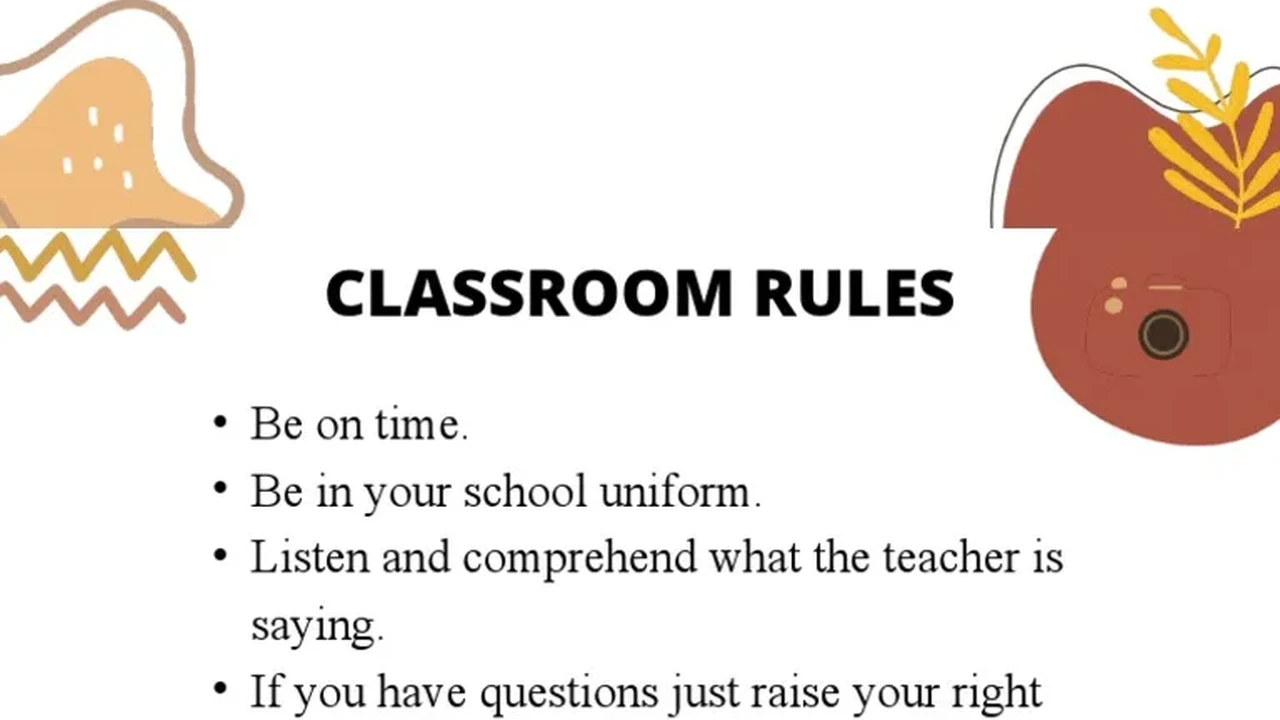The Impact of Processed Foods on Your Health
Sample meta description.

Understanding Processed Foods Key Ingredients and Health Concerns
Okay, let's dive into the world of processed foods. What exactly are we talking about? Basically, it's any food that's been altered from its natural state. That could be anything from adding preservatives to canning, freezing, drying, or baking. Think about it – bread, cheese, canned veggies, frozen dinners…they’re all processed to some extent. The big question is, how much processing is *too* much? And how does all this processing actually affect your health?
One of the biggest issues with many processed foods is the addition of things like excessive sugar, salt, and unhealthy fats. These are often added to make the food taste better, last longer, or both. But these added ingredients can wreak havoc on your body. Too much sugar can lead to weight gain, type 2 diabetes, and heart disease. Excessive salt can raise your blood pressure, increasing your risk of stroke and heart attack. And unhealthy fats, like trans fats and saturated fats, can clog your arteries and contribute to heart disease.
Beyond the added sugar, salt, and fats, processed foods often lack essential nutrients like vitamins, minerals, and fiber. The processing itself can strip away some of these nutrients, and they're not always replaced. Fiber, in particular, is crucial for digestive health, helping you feel full and preventing constipation. A diet low in fiber and high in processed foods can lead to a whole host of digestive problems.
Processed Foods and Weight Management Challenges and Strategies
Let’s be real, processed foods are often calorie-dense and not very filling. They’re designed to be addictive, triggering reward centers in your brain that make you want to eat more and more. This combination of high calories and low satiety can easily lead to weight gain. Think about it – a bag of potato chips can be devoured in minutes, but it provides very little nutritional value and can pack a serious calorie punch. Compare that to a serving of whole grains and grilled chicken, which will keep you feeling full for much longer and provide your body with essential nutrients.
Another problem is that processed foods can disrupt your body's natural hunger and fullness cues. The artificial flavors and sweeteners can confuse your taste buds and make it harder to distinguish between genuine hunger and cravings. This can lead to overeating and a cycle of unhealthy eating habits.
So, what can you do? Start by being more mindful of the foods you're putting into your body. Read labels carefully and pay attention to the ingredients list and nutritional information. Try to choose whole, unprocessed foods as often as possible, like fruits, vegetables, lean proteins, and whole grains. And when you do indulge in processed foods, do so in moderation.
Navigating Processed Foods Label Reading and Ingredient Awareness
Reading food labels can feel like deciphering a secret code, but it’s a skill worth mastering. The first thing to look at is the ingredient list. The ingredients are listed in order of weight, so the first few ingredients make up the bulk of the product. If you see a lot of unfamiliar or artificial ingredients, that’s a red flag. Also, be wary of hidden sugars, like high fructose corn syrup, dextrose, and maltose. These can add up quickly and contribute to weight gain and other health problems.
Next, take a look at the nutrition facts panel. Pay attention to the serving size, calories, fat content, sodium content, and sugar content. Try to choose foods that are low in saturated fat, trans fat, sodium, and added sugars. Also, look for foods that are high in fiber and essential vitamins and minerals.
Don’t be fooled by marketing claims. Words like "natural" and "healthy" don't always mean what you think they mean. They can be used to make processed foods seem healthier than they actually are. Always read the ingredient list and nutrition facts panel to get the real story.
Practical Tips for Reducing Processed Foods in Your Diet Daily Habits
Making small changes to your eating habits can have a big impact on your health. Here are a few practical tips for reducing processed foods in your diet:
- Cook more meals at home. This gives you control over the ingredients and allows you to choose healthier options.
- Plan your meals in advance. This will help you avoid impulse purchases of processed foods.
- Shop the perimeter of the grocery store. This is where you'll find the fresh produce, meat, and dairy products.
- Read labels carefully. Pay attention to the ingredient list and nutrition facts panel.
- Choose whole, unprocessed foods as often as possible. Fruits, vegetables, lean proteins, and whole grains are your best bet.
- Limit your intake of sugary drinks, processed snacks, and fast food. These are often high in calories, sugar, and unhealthy fats.
- Find healthy alternatives to your favorite processed foods. For example, instead of potato chips, try air-popped popcorn or roasted nuts.
- Don't be afraid to experiment with new recipes and ingredients. Healthy eating can be fun and delicious!
Product Recommendations Healthier Choices and Price Comparisons
Okay, so let's talk about some specific products and how they stack up. I'm not going to endorse any specific brand, but I'll give you some examples and things to look for.
Breakfast Options:
- Instead of sugary cereals: Opt for plain oatmeal or whole-grain cereals with minimal added sugar. You can add your own fruit and nuts for flavor. Oatmeal (like Bob's Red Mill Steel Cut Oats) is generally very affordable, around $4-5 for a large bag. Many sugary cereals cost around $3-5 per box, but offer significantly less nutritional value.
- Instead of processed breakfast bars: Make your own granola bars or choose bars with whole grains, nuts, and seeds. Look for low sugar content. Homemade granola bars are significantly cheaper and healthier than store-bought options. Store-bought bars can range from $1-3 per bar, while homemade ingredients for a batch can cost around $5-10 and yield many bars.
Lunch and Dinner:
- Instead of frozen dinners: Prepare your own meals using fresh ingredients. Roast a chicken, grill some vegetables, and cook some quinoa or brown rice. Frozen dinners often contain high levels of sodium and preservatives. A single frozen dinner can cost $4-8, while preparing a similar meal from scratch can cost roughly the same but provide multiple servings and fresher ingredients.
- Instead of processed deli meats: Choose lean, unprocessed meats like roasted turkey breast or grilled chicken. Deli meats are often high in sodium and nitrates. Unprocessed meats are generally more expensive per pound, but offer better nutritional value and avoid harmful additives.
Snacks:
- Instead of potato chips: Try air-popped popcorn, roasted nuts, or sliced vegetables with hummus. Potato chips are high in calories, unhealthy fats, and sodium. A large bag of chips can be tempting, costing around $3-5, but offering little nutritional benefit. Popcorn, on the other hand, is a whole grain and can be a healthy snack when prepared without excessive butter and salt.
- Instead of sugary candy bars: Choose a piece of dark chocolate (at least 70% cacao) or a handful of nuts and dried fruit. Candy bars are loaded with sugar and unhealthy fats. A single candy bar often costs around $1-2, while a small bag of nuts and dried fruit can provide a more satisfying and nutritious snack for a similar price.
Beverages:
- Instead of sugary sodas: Drink water, unsweetened tea, or sparkling water with a squeeze of lemon or lime. Sodas are empty calories and can contribute to weight gain and other health problems. A can of soda might cost around $1, but the long-term health costs are far greater than the price. Water is free and essential for health.
- Instead of processed fruit juices: Eat whole fruits. Fruit juices often contain added sugar and lack the fiber found in whole fruits. While a bottle of fruit juice might seem convenient at around $3-5, eating a piece of fruit provides more fiber and nutrients for a lower cost.
Specific Product Usage Scenarios and Considerations
Let's consider some specific scenarios. Imagine you're rushing to work and need a quick breakfast. Instead of grabbing a sugary donut, try preparing a smoothie the night before with frozen fruit, protein powder, and almond milk. It's quick, easy, and much healthier. Another scenario: you're craving a salty snack in the afternoon. Instead of reaching for a bag of chips, try air-popped popcorn with a sprinkle of nutritional yeast for a cheesy flavor. It's a much healthier and more satisfying option.
When choosing processed foods, always read the labels carefully and be mindful of the ingredients. Look for products with minimal added sugar, salt, and unhealthy fats. Choose whole-grain options whenever possible. And don't be afraid to experiment with new and healthier alternatives. The key is to find sustainable changes that you can incorporate into your daily routine. It's not about completely eliminating processed foods from your diet, but about making conscious choices to prioritize your health.
Remember, it's a journey, not a race. Start small, be patient with yourself, and focus on making gradual changes over time. Your body will thank you for it!
:max_bytes(150000):strip_icc()/277019-baked-pork-chops-with-cream-of-mushroom-soup-DDMFS-beauty-4x3-BG-7505-5762b731cf30447d9cbbbbbf387beafa.jpg)






